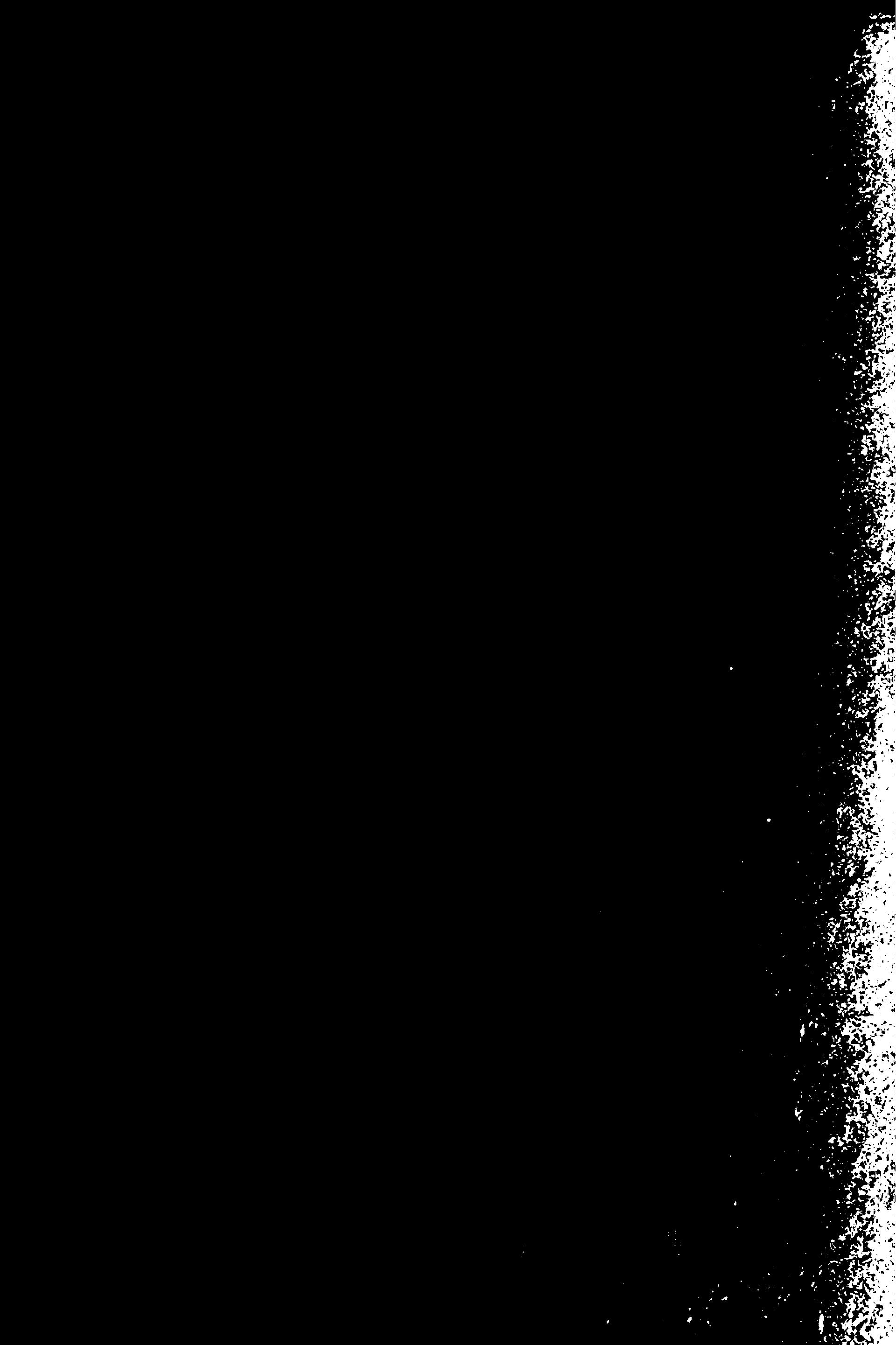Method of separating and purifying astaxanthin from Phaffia rhodozyma
A technology for separation and purification of Phaffia yeast, applied in the field of astaxanthin, which can solve the problems of loss of effective activity and achieve the effect of maintaining quality, less impurities and maintaining stability
- Summary
- Abstract
- Description
- Claims
- Application Information
AI Technical Summary
Problems solved by technology
Method used
Image
Examples
Embodiment Construction
[0024] The present invention will be further described below with reference to the drawings and specific embodiments.
[0025] The present invention discloses a method for separating and purifying astaxanthin from Phaffia yeast, which includes the following steps:
[0026] Step 1. Breaking the Phaffia cell walls: use dimethyl sulfoxide to break the Phaffia cell walls, and the conditions for breaking the walls are: the ratio of the cells to the dimethyl sulfoxide in terms of mass and volume, ie g / ml, It is 1 / 2, and the wall is broken for 5 minutes at 55℃; the use of dimethyl sulfoxide has high wall breaking rate and good extraction effect; short treatment time (5min) and low treatment temperature (55℃) are beneficial to astaxanthin Structural stability;
[0027] Step 2. Crude astaxanthin extraction with acetone: After breaking the wall, extract with acetone at a material-to-liquid ratio of 1:15. The material-to-liquid ratio is the mass-to-volume ratio of Phaffia yeast cells and aceto...
PUM
 Login to View More
Login to View More Abstract
Description
Claims
Application Information
 Login to View More
Login to View More - R&D
- Intellectual Property
- Life Sciences
- Materials
- Tech Scout
- Unparalleled Data Quality
- Higher Quality Content
- 60% Fewer Hallucinations
Browse by: Latest US Patents, China's latest patents, Technical Efficacy Thesaurus, Application Domain, Technology Topic, Popular Technical Reports.
© 2025 PatSnap. All rights reserved.Legal|Privacy policy|Modern Slavery Act Transparency Statement|Sitemap|About US| Contact US: help@patsnap.com



